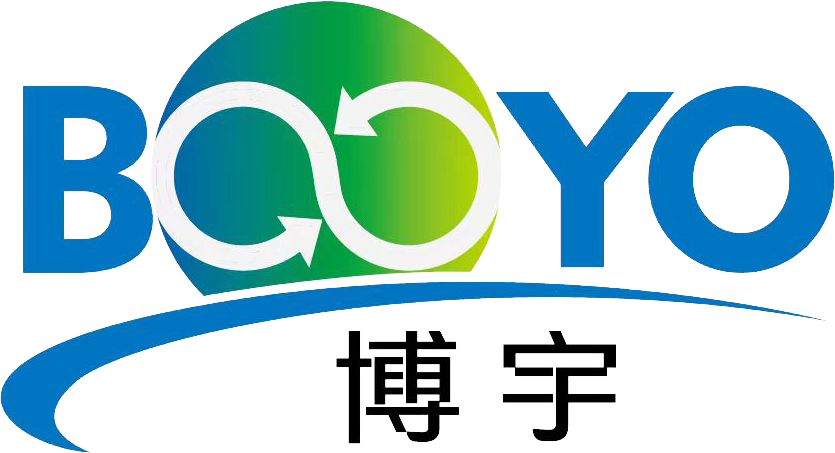
Our News
Find out about our latest news here.
Latest News
- ▶ Sulfur Degassing: Process Routes, Equipment, and Engineering Considerations
- ▶ Desander Skid Package for Oil, Gas, and Process Applications
- ▶ 185MW Condenser Successfully Completed Supporting APAC Pulp & Energy Development for APP Indonesia OK18
- ▶ Large Shell and Tube Condenser for Power and Process Industries
- ▶ Shell and Tube Heat Exchanger Cost Estimate: A Complete Guide for Buyers
- ▶ Iraqi Client Visited Boyu Industry for Technical Inspection of Condensers and Process Columns
Message
What is a Hydrogenation Reactor?
A hydrogenation reactor is a critical piece of equipment used to carry out chemical reactions in the presence of hydrogen under high temperature and pressure. It plays a key role in industries such as petrochemical, fine chemicals, coal-to-chemicals, and food processing.
The primary function of a hydrogenation reactor is to saturate unsaturated compounds, remove impurities such as sulfur and nitrogen, and improve product quality. In petroleum refining, hydrogenation reactors are widely applied in hydrotreating and hydrocracking processes to produce cleaner fuels. In the food industry, they are used for hydrogenating oils and fats to improve stability and shelf life.
Key Features of a Hydrogenation Reactor
High-Pressure Operation
Hydrogenation processes typically operate under 3–30 MPa, with some special applications exceeding 40 MPa.High-Temperature Environment
Operating temperatures generally range between 200–450°C, requiring materials with excellent thermal stability.Corrosion-Resistant Materials
To resist hydrogen embrittlement and high-temperature corrosion, the reactor is usually constructed from low alloy steels (such as 2.25Cr-1Mo), chromium-molybdenum steels, or clad plates with stainless steel or nickel alloys.Catalyst Loading
Most hydrogenation reactors are packed with solid catalysts (commonly Ni, Co, Mo-based) that accelerate hydrogenation reactions.
Hydrogenation Reactor Design and Components
Pressure Vessel Shell: Designed according to ASME Section VIII, capable of withstanding extreme pressure and temperature.
Internal Lining and Overlay: Austenitic stainless steel or Inconel alloy overlay to protect against hydrogen attack.
Catalyst Bed Structure: Fixed-bed design with multiple support grids and liquid distributors for uniform flow.
Inlet and Outlet Nozzles: Special designs to ensure proper mixing of hydrogen and feedstock.
Applications of Hydrogenation Reactors
1. Petroleum Refining
Hydrotreating: Removes sulfur, nitrogen, and metals to produce clean fuels.
Hydrocracking: Converts heavy feedstock into lighter, high-value products such as diesel, naphtha, and jet fuel.
2. Chemical Industry
Hydrogenation of aromatics, olefin saturation, ketone reduction, and other hydrogenation reactions.
3. Food Industry
Hydrogenation of edible oils to increase melting point and stability for products like margarine and shortening.
Safety and Maintenance Considerations
Pressure Testing: Hydrostatic testing before commissioning.
Hydrogen-Induced Damage Prevention: Regular inspection for HIC (Hydrogen-Induced Cracking) and high-temperature hydrogen attack (HTHA).
Temperature Monitoring: Thermocouples at various catalyst bed levels to avoid hotspots.
Nondestructive Testing (NDT): Techniques like Ultrasonic Testing (UT) and Radiographic Testing (RT) for integrity assessment.
Why Choose Advanced Hydrogenation Reactor Technology?
Modern hydrogenation reactors are designed for longer lifecycle, higher safety standards, and superior catalytic performance, reducing operational risks and improving production efficiency.
PROFESSIONAL CONSULTATION
If you are interested in our products and want to know more details, please leave a message here, we will reply you as soon as we can.